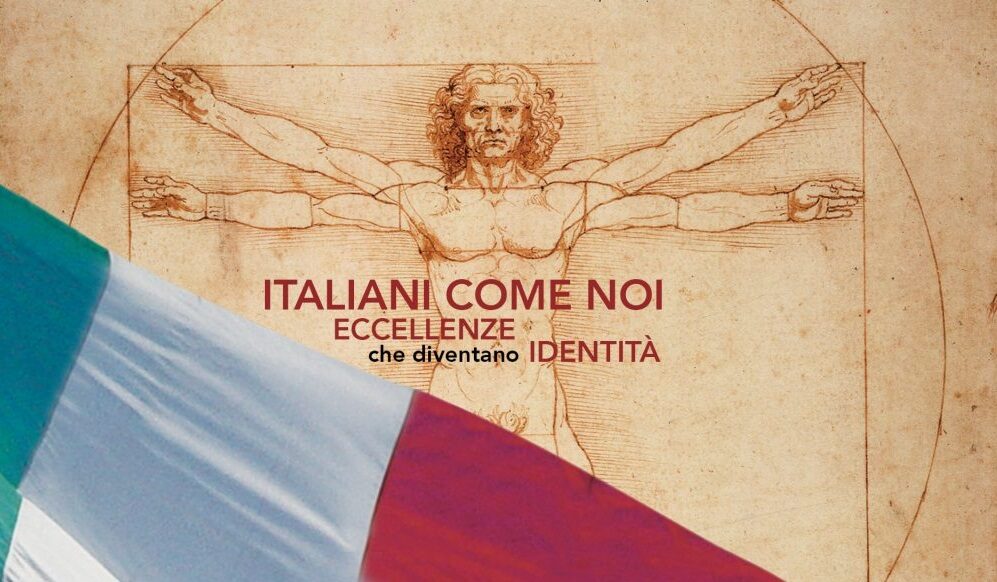LA VESPA: INVENZIONE ITALIANA, MITO UNIVERSALE
Se si parla di due-ruote, un nome su tutti attraversa la storia e i continenti: quello italiano della Vespa. Disegnata da Corradino D’Ascanio e messa sul mercato dalla Piaggio nel 1946, la Vespa, nonostante le moltissime versioni prodotte, resta nella memoria soprattutto per essere stato il veicolo utilitario di molte famiglie italiane nel secondo dopoguerra, prima dell’avvento delle automobili. Allo stesso tempo, grazie soprattutto al cinema, ha intrapreso un rapido quanto inaspettato percorso di successo nel mondo, diventando una sorta di mito, simbolo della Dolce Vita come delle “vacanze romane”, ma anche testimone del lavoro e della creatività italiana, fino a trasformarsi in un “emblema” culturale e sociale, un vero e proprio status symbol.
VESPA: ITALIAN INVENTION, ALL-AROUND LEGEND
When talking about scooters, one name spans history and continents: the Italian Vespa. Designed by Corradino D’Ascanio and first marketed by Piaggio in 1946, the Vespa, despite the many models which exist, is remembered for being the utilitarian vehicle of most families after WWII, before the arrival of the automobile. At the same time, and primarily thanks to the film industry, it experienced rapid and unexpected worldwide success, becoming a sort of legend, a symbol of the Dolce Vita and of the ‘Roman Holiday,’ but also a testament to Italy’s creativity and work ethic: a cultural and social ‘emblem’ and a true status symbol.

